
|
|
From the Editor - July 2021
June brought a special challenge in that even up here in the supposedly temperate Pacific Northwest we fell into the clutches of the We’re now well into the second year of fighting this dratted COVID pandemic which has affected all of our lives so profoundly. I truly wish that I could share a vision of the end of the crisis with you, but sadly the unwillingness of far too many people to think for themselves on this issue and act responsibly in the collective interest as opposed to responding to their own selfish desires continues to preclude that. What gives them the right to put others at risk without their consent? The current moves by various governments to “re-open” things do not reflect medical or scientific realities, such as the now clearly demonstrated fact that the current vaccines are considerably less than fully effective against the Delta variant which is now spreading rapidly, seemingly heading towards dominance until a new mutant comes along. Rather, they indicate a shift in government thinking away from dealing with this issue once and for all to establishing and maintaining an infection rate (and associated death rate) which they see (and have probably already quantified) as being manageable and therefore an “acceptable” price to be paid for soothing public frustrations and re-invigorating the economy. Trouble is, they’re not asking those who will die whether or not they’re willing to pay that price! All I know is that I’m not! Bottom line - just because the government allows you to behave in certain ways does not mean that you should behave in such ways! We need to think for ourselves rather than allow governments to do our thinking for us. If enough of us do so, we’ll get through this just fine! If the majority of people had behaved responsibly all along, we’d already be well on the way back to some semblance of stable “normality” …………..opportunity irretrievably lost.
The June total of 369,846 hits was a little down, as was the number of visits at 4,128. The number of unique visitors also fell slightly to 2,123. However, the good news was that those who did visit evidently found much to engage their interest, because the number of pages accessed increased sharply to a total of 25,696 pages. I seem to be maintaining a stable level of reader engagement - certainly sufficient to justify my ongoing efforts! These figures confirm that despite the COVID-19 pandemic and the ongoing political distractions, a good number of folks are clearly remaining very much engaged with our hobby. Further confirmation comes from the fact that the mail box has remained quite active. I heard from quite a few of you during June, including (in no particular order) Luis Petersen, Kelley Crozier, Tim Dannels, Bob Parry, Antonio Giandrini, Steve Hainsworth, Bill Ledden, Don Imrie, Tahn Stowe, Ingemar Larsson, Chris Murphy, Ilya Leydmann, Peter Burford, Bob Beaumont, Peter Valicek, Peter Rathke, Maris Dislers, Steve Webb, Tom Coletta, Bill Wells, Chris Ottewell and Neill McRae. Apologies to anyone whom I may have inadvertently missed in the crowd, and apologies also to those whose messages went unanswered. The blog site has continued to justify its existence by contributing a small but steady flow of relevant traffic - thanks for that.
Another Bob from whom I heard in June was Bob Parry, who shared an interesting observation relating to the Elfin 2.49 cc models. Some time ago, Bob acquired some Elfin 2.49 parts in a box. There was one of the later beam mount crankcases which was irreparably split (a not uncommon failure with that pressure die-cast case), along with several of the far stronger gravity-cast radial mount crankcases, piston/cylinder sets, crankshafts, conrods, etc. There were sufficient bits to assemble two complete radial mount engines.
I can imagine Bob’s surprise when after perhaps an overgenerous prime the engine backfired and proceeded to run perfectly well, only backwards!! Bob had in effect a “pusher” Elfin 2.49! A bit of thought led Bob to the obvious conclusion that he must have inadvertently fitted a beam mount crankshaft to the radial mount case. On dismantling the engine, he confirmed that this was indeed the cause of the problem! What was amazing was the fact that the “beam” crankshaft fitted so perfectly into the “radial” case and resulted in a viable engine, even if it did run backwards! Needless to say, Bob put his mistake right using another suitably-timed crankshaft from the box. It seems that in order to save on re-tooling costs, Elfin designer Frank Ellis used the same crankshaft in the beam mount version that had been used in the earlier radial mount model, merely re-timing the induction port by 180 degrees to reflect the switch from an updraft to a downdraft carburettor. My thanks to Bob for sharing this story with us! I'll have much more on the Elfin engines in due course on this website.
Clearly this is not one of the Jaroslav Rybák replicas which were mentioned in my article. According to a letter from Bob Ashby which Bill still retains, Bill’s engine was one of a batch of 25 of these replicas which were made in 1974, although Bob did not name the actual maker. Can any reader advise us on this question - who was making Super Atom replicas in the early to mid 1970's?!? Bill has tested the engine, finding it to be generally quite well made but sadly lacking in compression as-is. It starts OK when heavily primed on a rich mixture but quickly dies away when leaned out as increasing heat further reduces the compression seal. Even when left running rich it eventually dies away. Bill classifies it as “a handy paperweight” in its present state, although a rebore would doubtless fix it.
To add to the engine itself, Peter had created one of his truly superb replica "antique" boxes to accompany the little Byra. Honestly, you'd never know that this was a present-day replica box unless Peter told you! He's as talented a box-maker as he is an engine restorer! Big thanks indeed to Peter! One person upon whom I can always rely to make a contribution each month is my valued Aussie mate Maris Dislers. As is so often the case, Maris came through this month with multiple updates to existing articles on the site. First, Maris drew my attention to yet another classic micro-diesel which was omitted from my earlier article on that topic. This was the Cameron 0.15 cc diesel made in the early 1950’s by R. G. Cameron of Maris also sent along a Czech-language article on the NV-21 diesel which had appeared in the December 1950 issue of "Letecký Modelár", complete with a translation of the most pertinent bits. This article confirmed a number of the comments on the engine which were included in my earlier article on the Atom diesels. But perhaps most importantly, it clarified the basis for the engine's NV designation - a mystery which had been bothering me for years! I've incorporated this new information into the section on the NV-21 which appears near the end of the Atom article. Big thanks to Maris!
A few spot rpm measurements on various props produced results which were very close to those reported in my article for my own example. Good corroboration there - always nice to have confirmatory data from a second example! Maris felt that the engine didn’t seem to be straining unduly, but nevertheless elected to minimize running time in deference to that seemingly under-nourished crankshaft, just as I had done. My sincere thanks to Maris for his greatly-valued efforts, which have been added to my earlier article. Turning now to this month’s articles, I recently woke up to the fact that that it’s been a while since I reviewed a sparkie. Running sparkies is a lot of fun - almost as much fun as running a diesel - and an As its name suggests, the Melcraft venture stemmed from a partnership between two Mels - Mel Schmidt and Mel Bluemlein. The very well-made unit which they developed and marketed exhibited a few highly original design features, pulling it well out of the rut. On test, it also delivered a very useful performance, as this month’s article confirms. It’s a story with a lot of human interest to it, and one which I think you’ll enjoy! The MEN transfer article for this month presents a story which I consider to be one of my most important knowledge recovery efforts - the saga of the Hill engines from Clacton-on-Sea, Essex, England. Absolutely nothing was known about the origins of this extremely ephemeral marque until by pure chance (for which I can claim absolutely no credit) I stumbled Had it not been for this extremely fortuitous chain of circumstances, the full Hill story would undoubtedly have been irretrievably lost. Its near-miraculous survival by such a narrow margin makes it doubly imperative that it not now be lost again. It’s a fascinating story with a great deal of human interest, and one which I’m sure you’ll enjoy! For next month’s lead article, I plan to complete a project which I started way back in 2007 on MEN, namely the complete documentation of the British FROG range of model engines produced by International Model Aircraft (IMA) and latterly by Davies-Charlton Ltd. So next month’s lead article will cover the full history of the series of FROG 2.5 cc engines marketed by IMA and their successors. We’ll be going from the 1950 appearance of the FROG 250 right through to the final examples of the FROG 249 BB “Modified” unit produced by Davies-Charlton for the A . A. Hales organization in the mid 1960’s. The article will include the results of a very interesting tuning experiment which I conducted to test a pet theory of mine. I think you’ll enjoy it! I should mention that my present database of FROG 2.5 cc serial numbers is relatively sparse, so any additional numbers which readers can supply will be very much appreciated. Such data is easily added to the article.
I think that about does it for this edition. All being well, I'll be back to you with another edition on or about August 1st, 2021. Meanwhile, please accept my best wishes for continuing to rise above the present pandemic and political situations and getting the best of what life has to offer under present circumstances. The heady aromas of diesel fumes, sparkie smoke and burning nitro may be more challenging than usual to experience safely, but I hope that at least some of you find an opportunity to get your fume fixes, as I intend to do! Take care and stay well - pay attention to the doctors and scientists, watch the numbers, get vaccinated and trust your own informed opinions rather than those of the politicians and their uninformed self-serving supporters!! Your well-being is not their highest priority - make it yours! Cheers, Adrian Duncan British Columbia, Canada ___________________________________ Note regarding material to be found on this site - unless specifically otherwise noted, all images and text which appear on this site are my own work, and I hereby assert my right to be recognized as the originator of this material. For the record, this material is made freely available to all upon two firm conditions:
Adrian C. Duncan British Columbia, Canada
|
| |
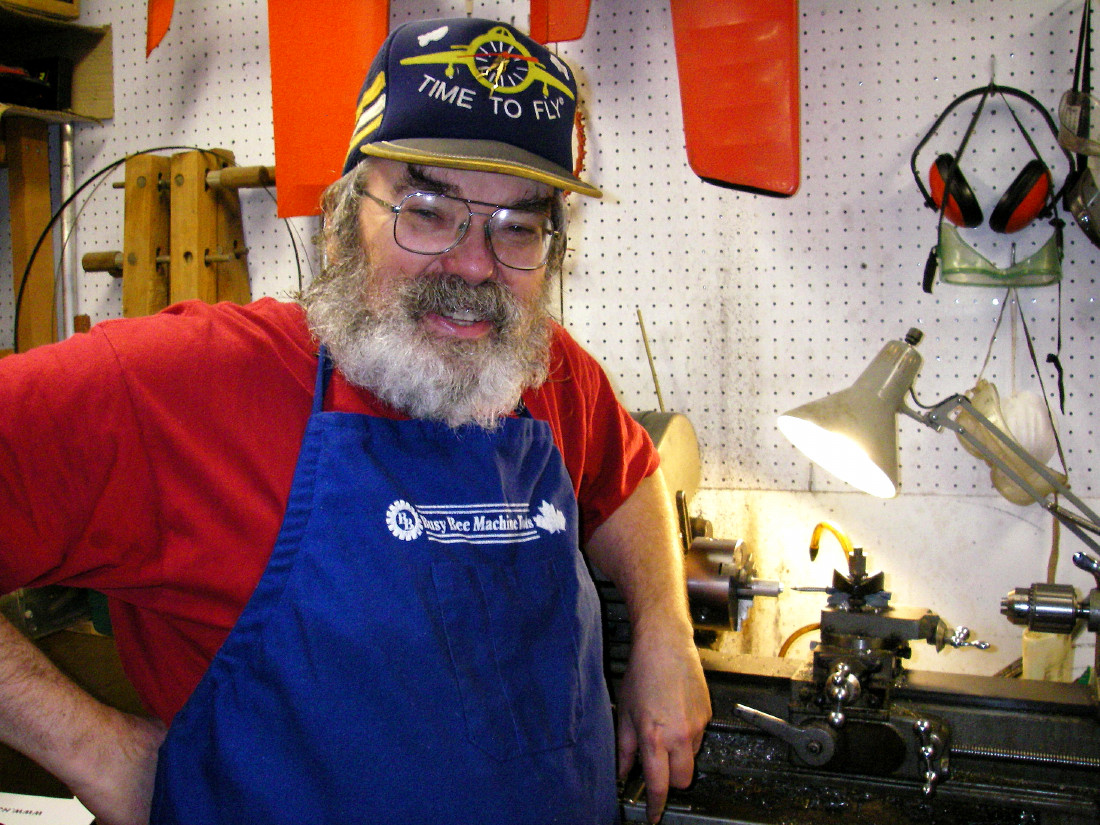 Well, most of us have made it through to July 2021, reaching the year’s half-way point. I’m still trying to work out where the first half of the year went! It’s certainly true that as you get older, time slips by at an ever-accelerating rate.
Well, most of us have made it through to July 2021, reaching the year’s half-way point. I’m still trying to work out where the first half of the year went! It’s certainly true that as you get older, time slips by at an ever-accelerating rate.  heatwave that has been impacting North America. Temperatures up to 108 degrees F (42 degrees C) in coastal British Columbia by the ocean (substantially hotter inland) have totally eradicated earlier high-temperature marks for June in our area. It’s been a really bad month for the climate change denyers ………………
heatwave that has been impacting North America. Temperatures up to 108 degrees F (42 degrees C) in coastal British Columbia by the ocean (substantially hotter inland) have totally eradicated earlier high-temperature marks for June in our area. It’s been a really bad month for the climate change denyers ……………… Meanwhile, life goes on at various levels, as indeed it must. For my valued readers, this very much includes a continued interest in model engines! The site usage stats show that interest has been well maintained despite competing distractions. The numbers for June 2012 showed a slightly decreased level of activity on this site, but that's normal during the summer months in the Northern Hemisphere, where the greater proportion of my readers live.
Meanwhile, life goes on at various levels, as indeed it must. For my valued readers, this very much includes a continued interest in model engines! The site usage stats show that interest has been well maintained despite competing distractions. The numbers for June 2012 showed a slightly decreased level of activity on this site, but that's normal during the summer months in the Northern Hemisphere, where the greater proportion of my readers live.  As I’ve said repeatedly, contacts from my valued readers having engine stories to share are always welcome! I very much appreciated hearing from Bob Beaumont, who wrote in to say that he had really enjoyed my article on the
As I’ve said repeatedly, contacts from my valued readers having engine stories to share are always welcome! I very much appreciated hearing from Bob Beaumont, who wrote in to say that he had really enjoyed my article on the 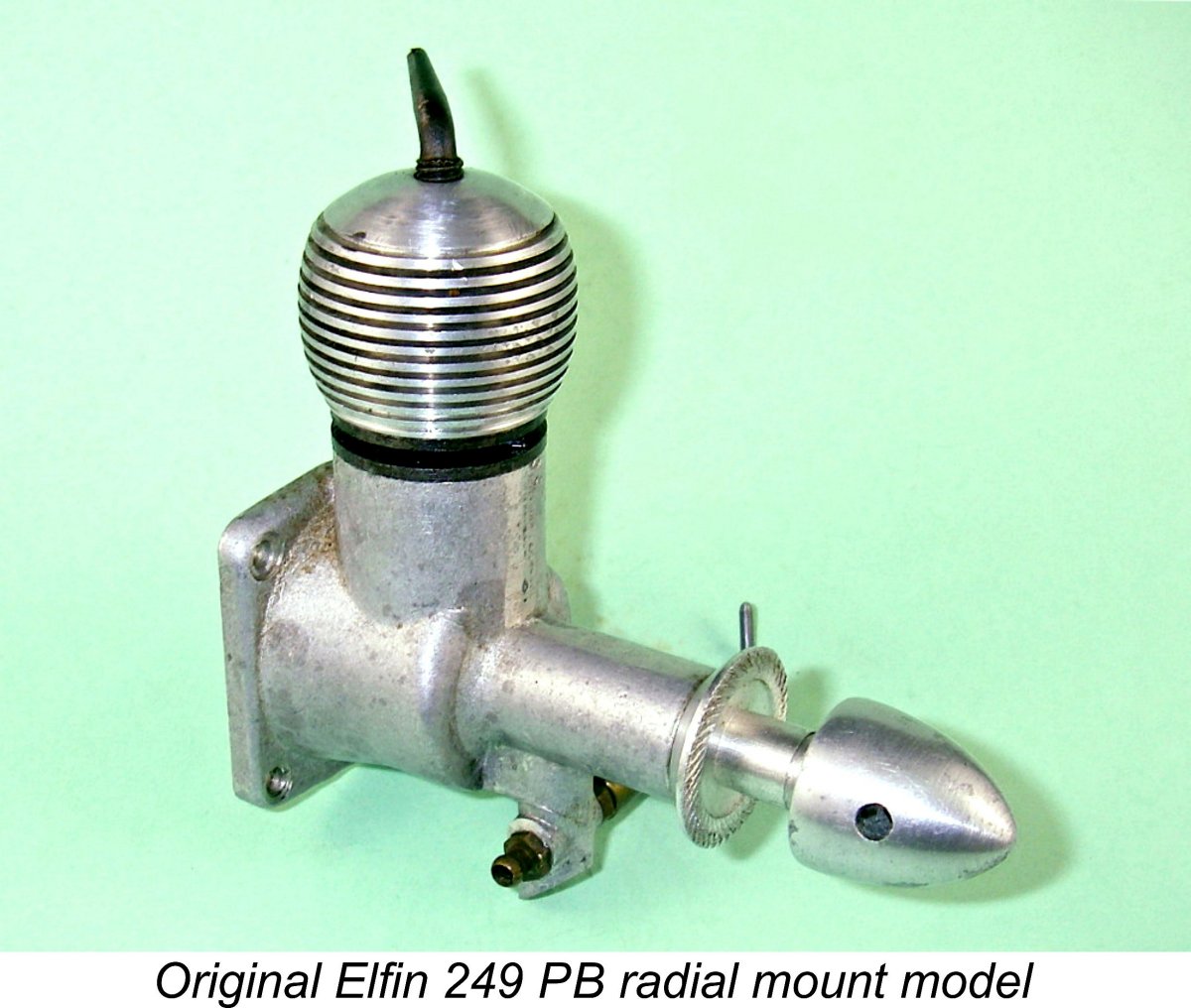 Bob randomly selected a radial crankcase, crankshaft, piston/cylinder assembly, etc., and duly assembled an engine. It went together perfectly, with good compression and a nice smooth feel when turned over, so onto the test bench it went! It was soon firing regularly on a light prime, but something seemed to be amiss with the carburettor suction - it simply wouldn’t pick up and run.
Bob randomly selected a radial crankcase, crankshaft, piston/cylinder assembly, etc., and duly assembled an engine. It went together perfectly, with good compression and a nice smooth feel when turned over, so onto the test bench it went! It was soon firing regularly on a light prime, but something seemed to be amiss with the carburettor suction - it simply wouldn’t pick up and run. 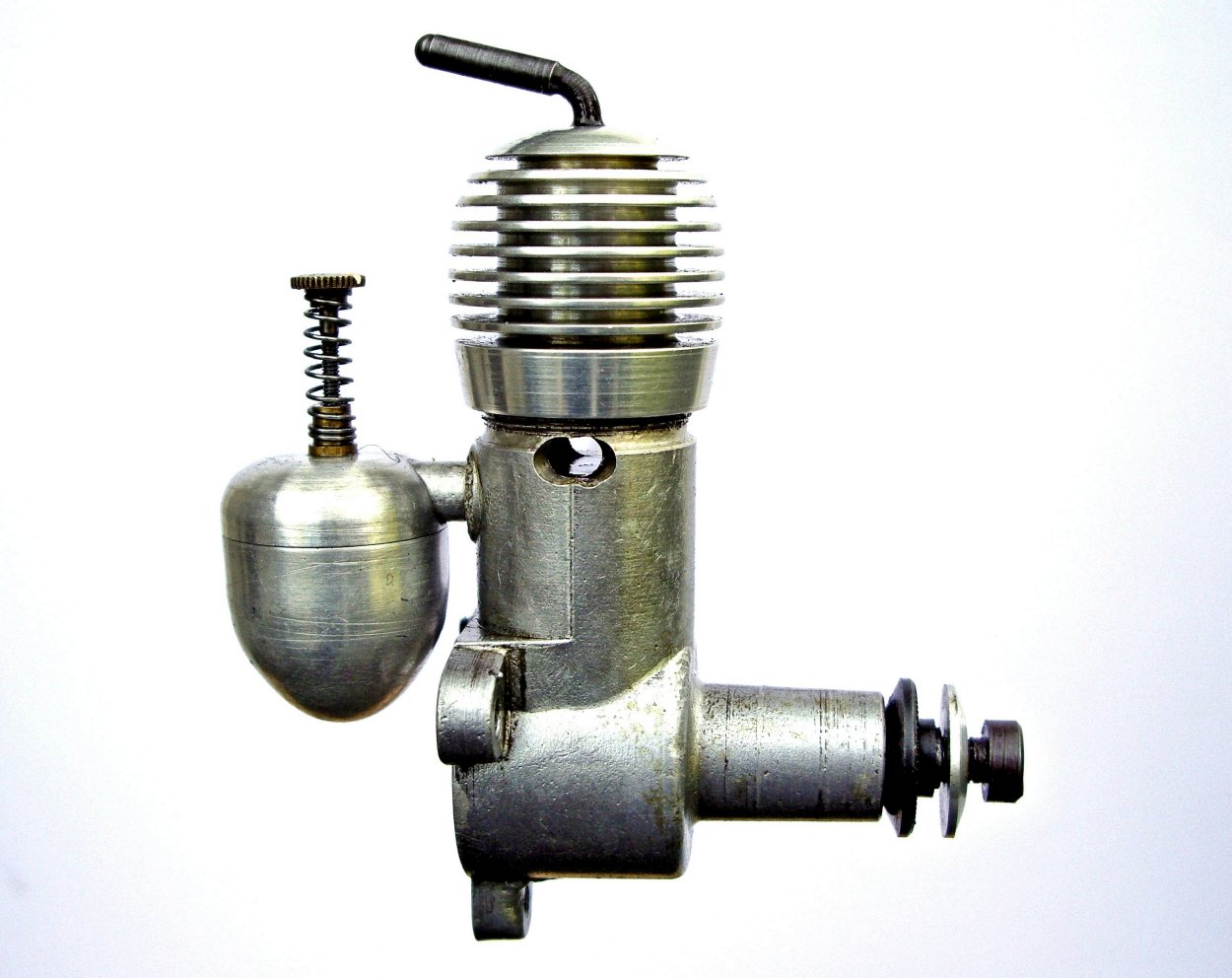 Another welcome communication came from Bill Wells, who read my article on the
Another welcome communication came from Bill Wells, who read my article on the 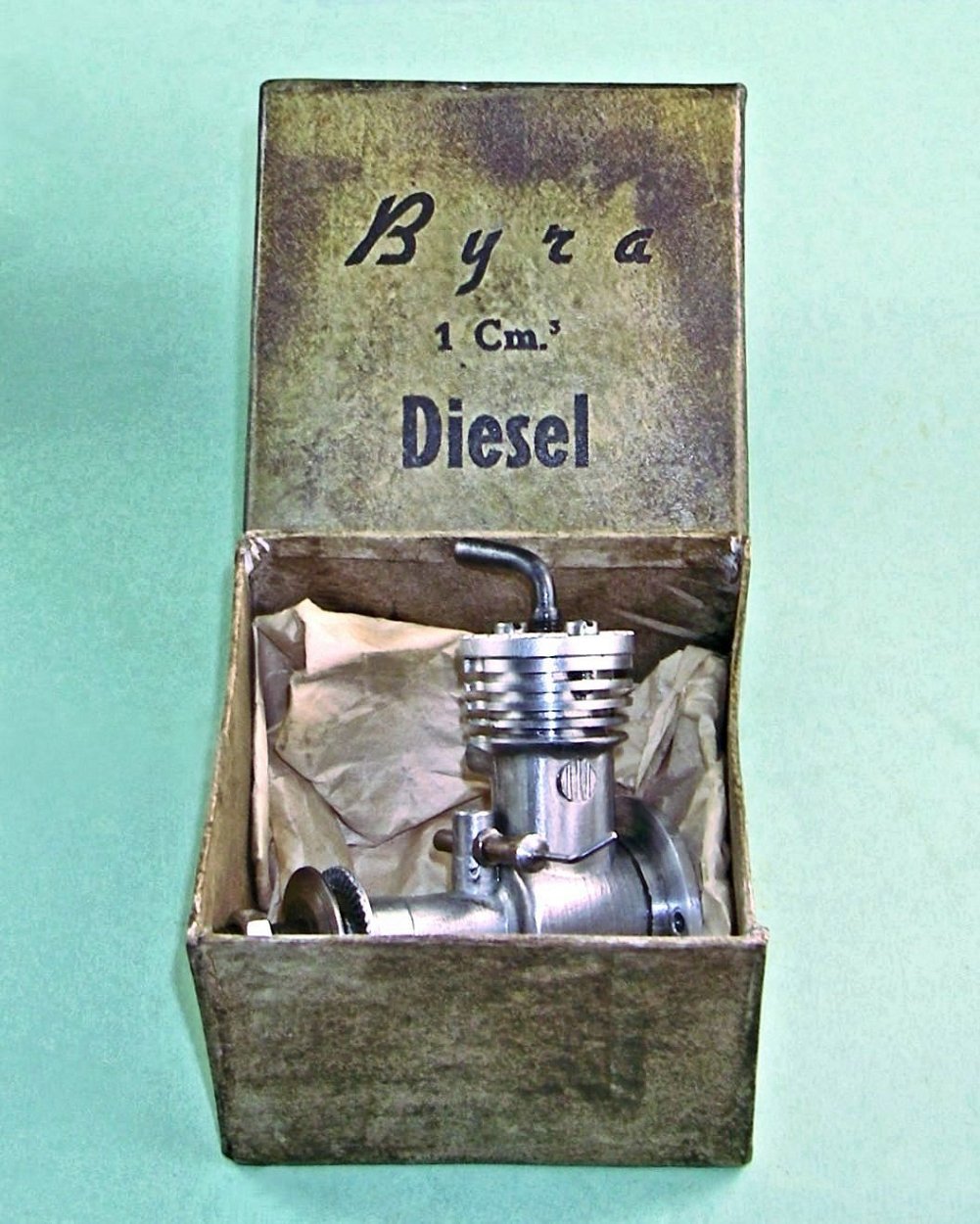 A very welcome appearance in my mail box came from my good mate Peter Valicek of the Netherlands. This took the form of a superbly restored example of the extremely rare Byra 1 cc diesel which never made it past the prototype stage into full series production. Peter’s fine work in restoring this very rare motor has to be seen to be appreciated! I plan to run it in and test it, with the results to be added to my existing article on the
A very welcome appearance in my mail box came from my good mate Peter Valicek of the Netherlands. This took the form of a superbly restored example of the extremely rare Byra 1 cc diesel which never made it past the prototype stage into full series production. Peter’s fine work in restoring this very rare motor has to be seen to be appreciated! I plan to run it in and test it, with the results to be added to my existing article on the 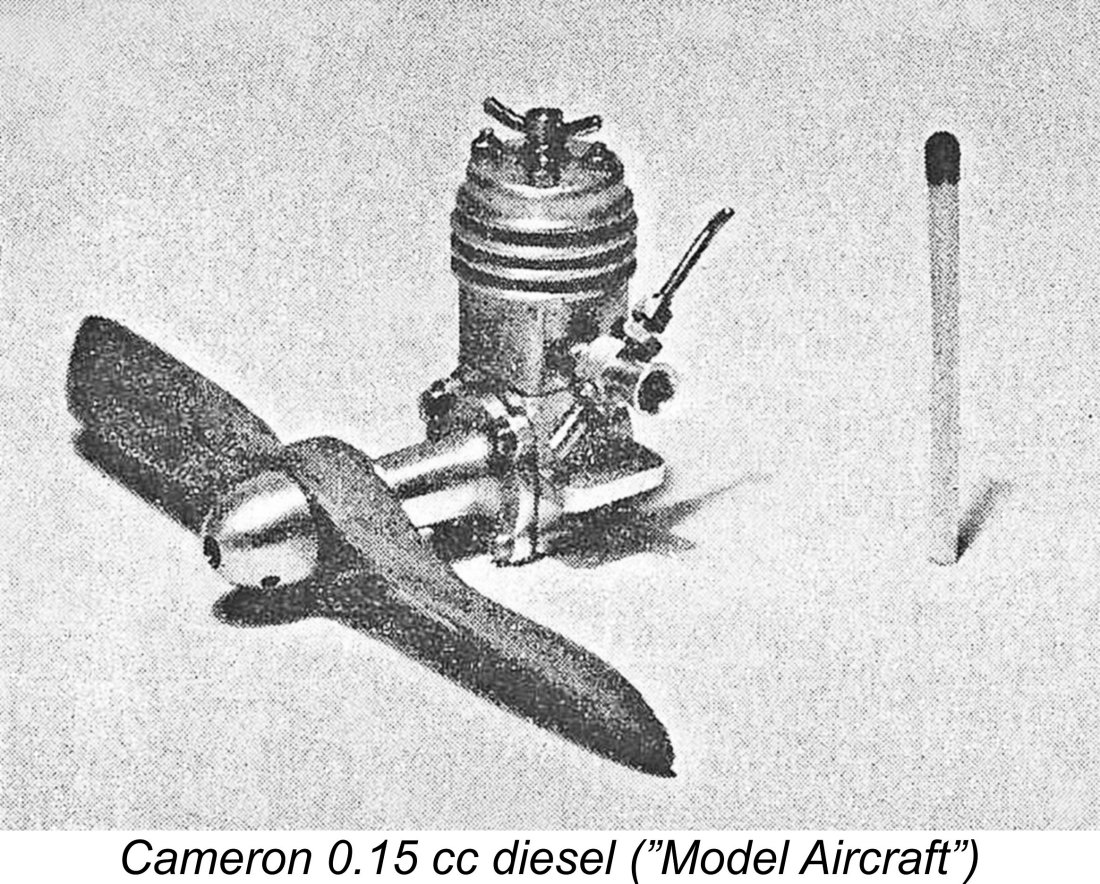
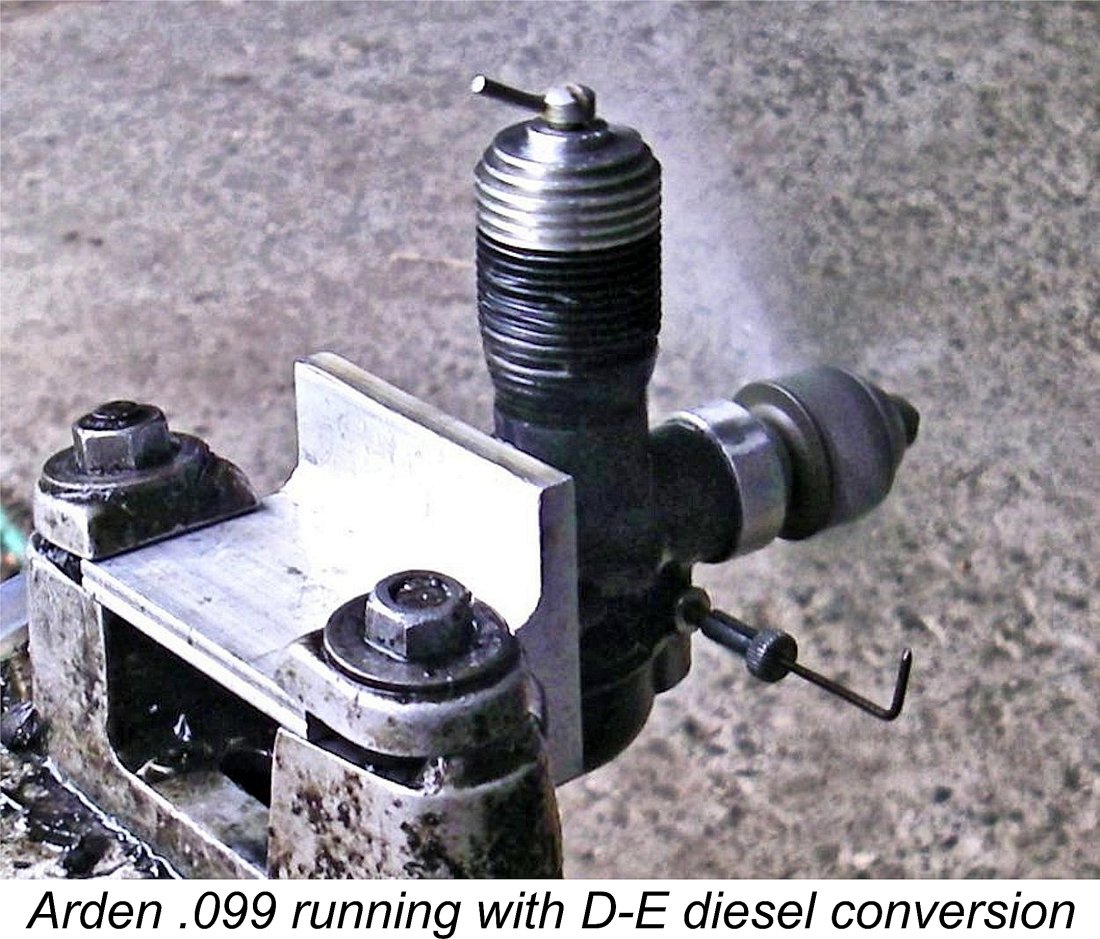
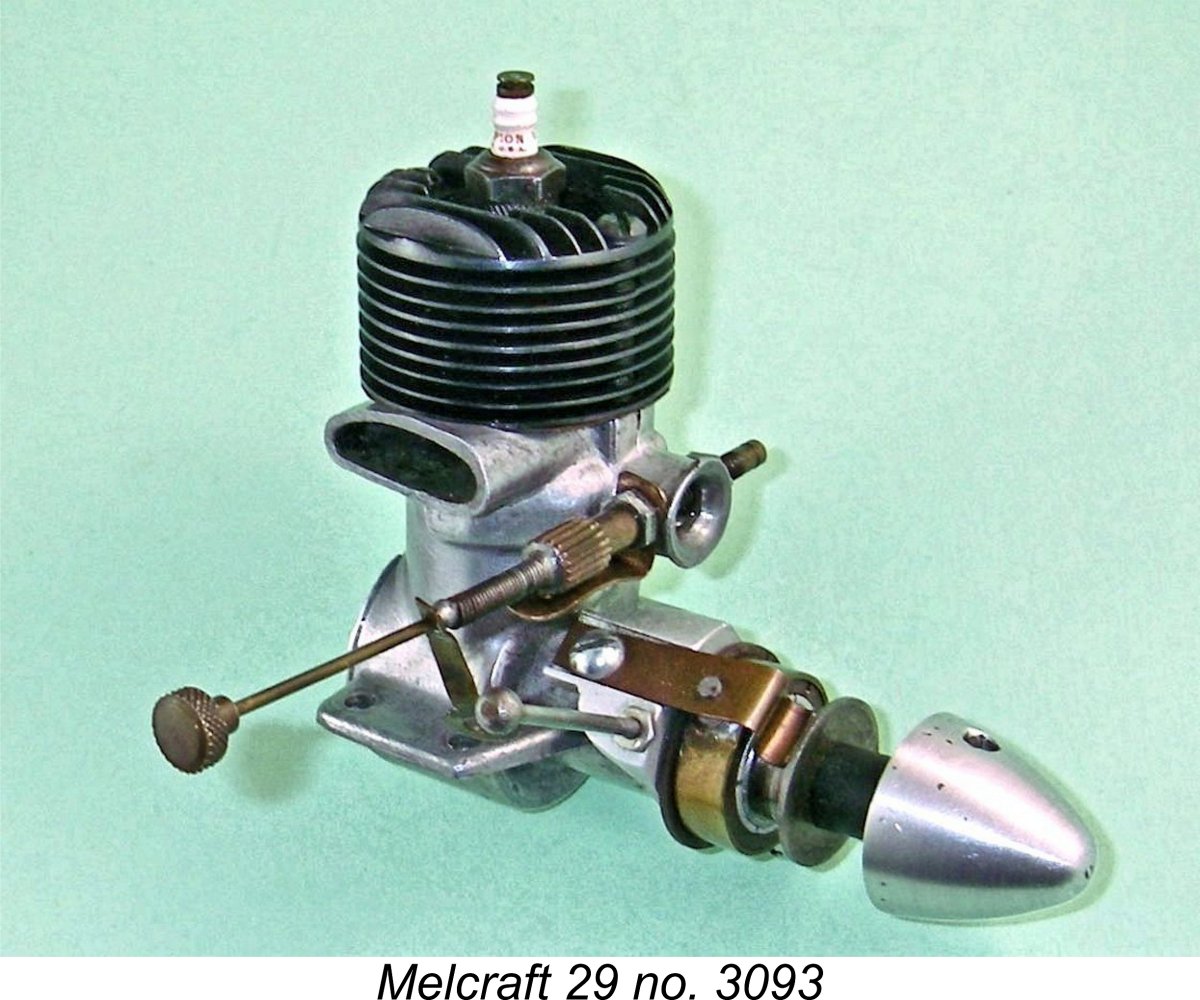
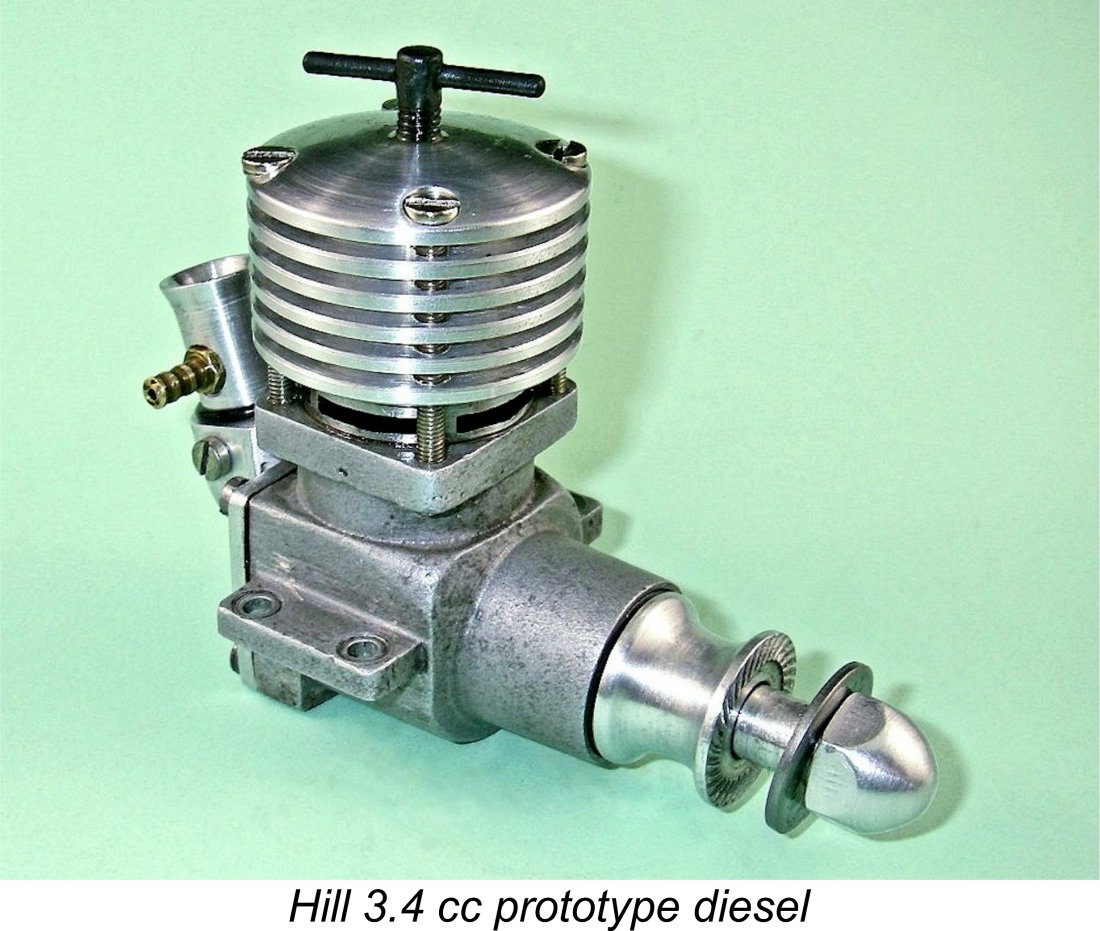 across the one surviving individual who retained first-hand knowledge regarding the development of the Hill engines and the individuals responsible. Indeed, he knew a lot about them thanks to having been a personal friend and club-mate of the two individuals in question. He had also owned and used one of the Hill prototypes, which I was able to acquire for testing.
across the one surviving individual who retained first-hand knowledge regarding the development of the Hill engines and the individuals responsible. Indeed, he knew a lot about them thanks to having been a personal friend and club-mate of the two individuals in question. He had also owned and used one of the Hill prototypes, which I was able to acquire for testing.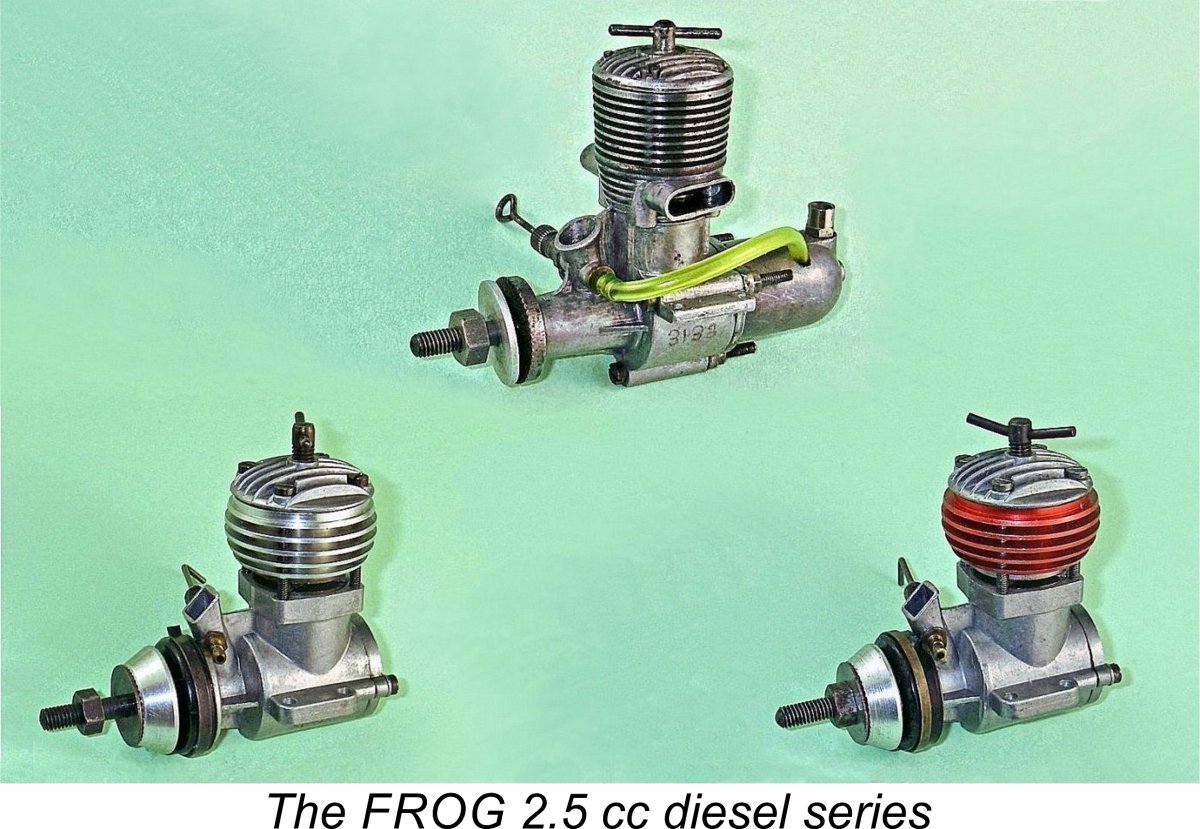
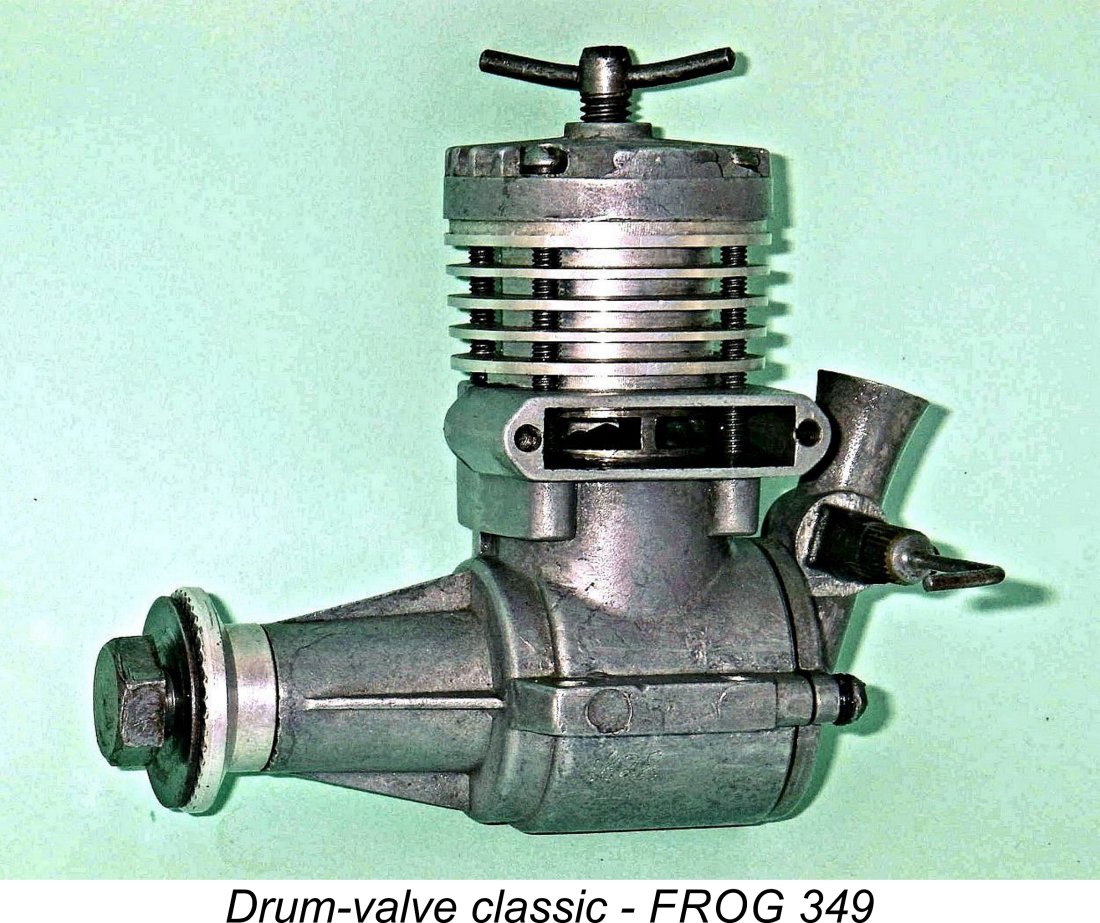 The MEN transfer article for next month will stick with the FROG theme. One of my earliest articles on MEN way back in 2008 was a piece on one of my personal favorites - the FROG 349 diesel. Reviewing that article recently, I was struck by its relatively poor organization as well as the indifferent quality of the illustrations. I can do far better now! Accordingly, next month will see the appearance on this website of a comprehensively reorganised and updated article on the FROG 349. I believe this to be a story well worth preserving!
The MEN transfer article for next month will stick with the FROG theme. One of my earliest articles on MEN way back in 2008 was a piece on one of my personal favorites - the FROG 349 diesel. Reviewing that article recently, I was struck by its relatively poor organization as well as the indifferent quality of the illustrations. I can do far better now! Accordingly, next month will see the appearance on this website of a comprehensively reorganised and updated article on the FROG 349. I believe this to be a story well worth preserving!